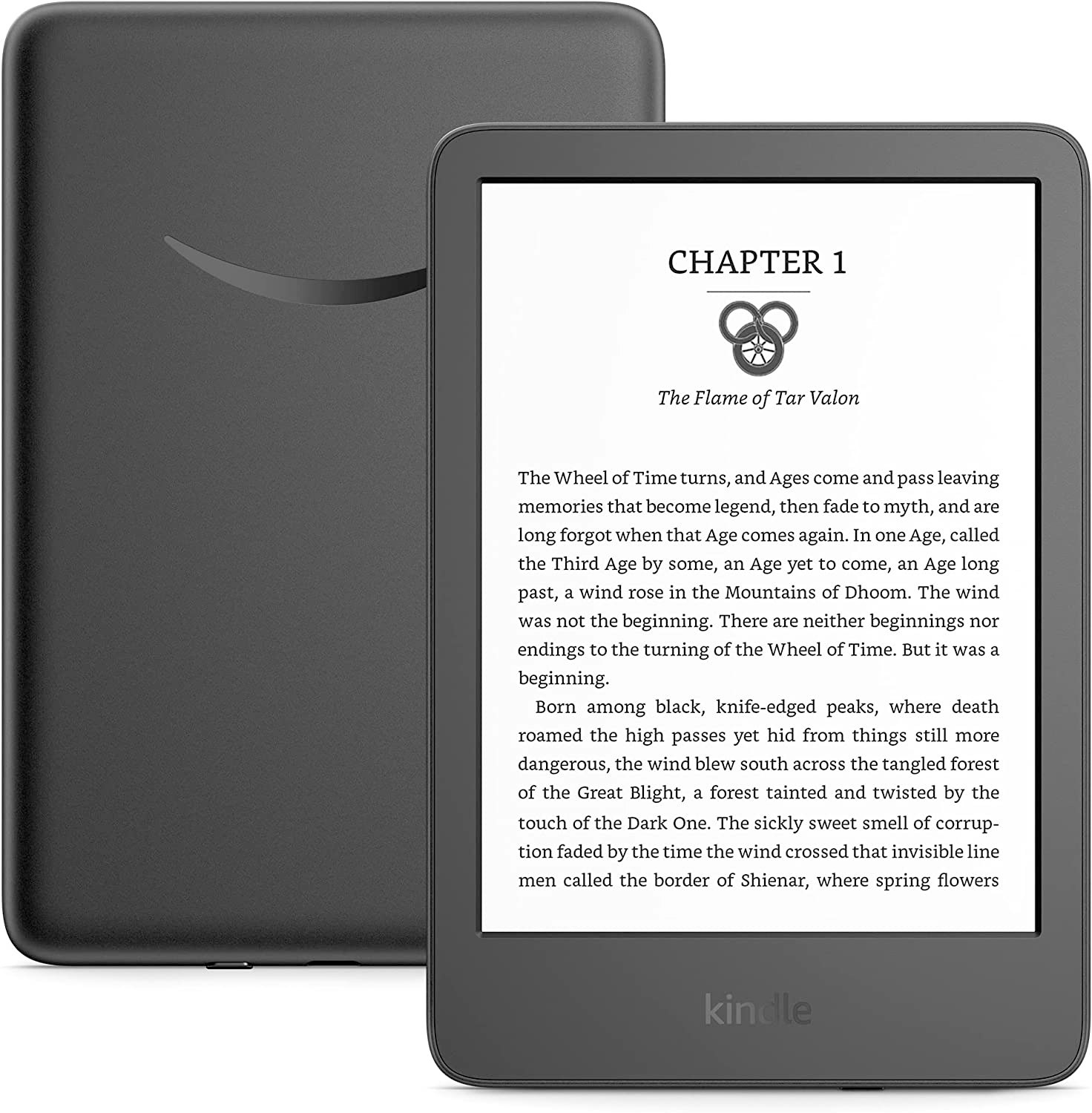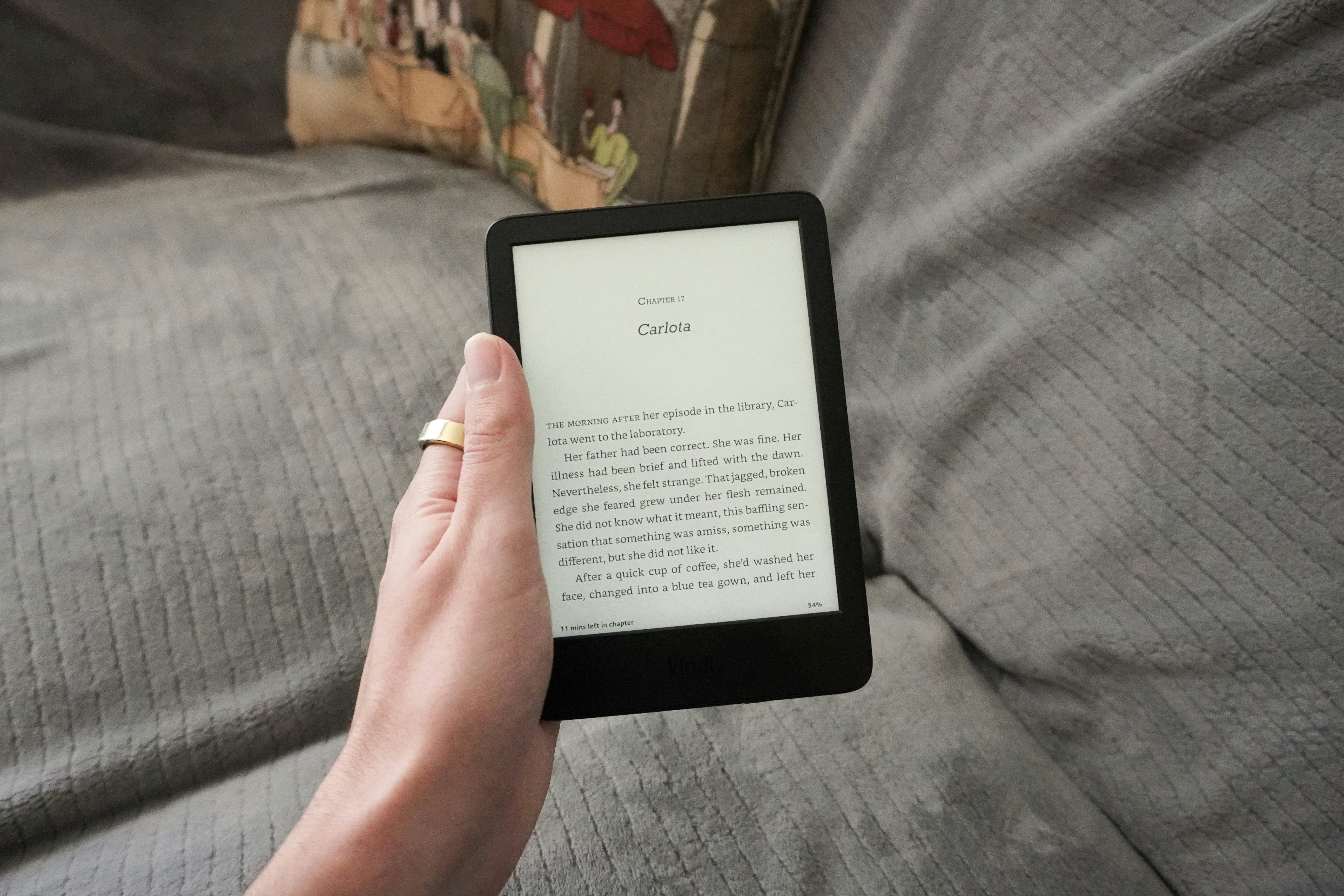
If you read and buy books regularly on Amazon, chances are you’ve considered purchasing a Kindle.
Amazon’s grip on publishing, bookselling, and reading is vast and tight — and for at least reading, it exists for a good reason. Amazon’s e-readers are some of the most affordable, easiest to use, and highest quality devices to consume books. With the new $99.99 entry-level Kindle, Amazon is cementing that position even more with some key upgrades to the charging options and screen.
Using the Kindle (2022) was, oddly, a breath of fresh air coming off my $140 Kindle Paperwhite. With a 6-inch display and overall lighter body than the Paperwhite at 156 grams versus 205 grams, the Kindle (2022) is even more of a one-hander and basically the e-reader equivalent of a dime store paperback. You lose some premium features of the larger and pricier 6.8-inch Paperwhite, but you get more pocketability in exchange.
I’m not picky. I like the bells and whistles of a fancy e-reader — I’ve got my eye on Amazon’s upcoming Kindle Scribe — and the added flexibility to easily download public library books Kobo’s e-readers have. But when it comes down to it, whichever e-reader lets me cheaply and efficiently read is going to be my go-to. The Kindle (2022) is as basic as an e-reader gets, but it fits the bill.
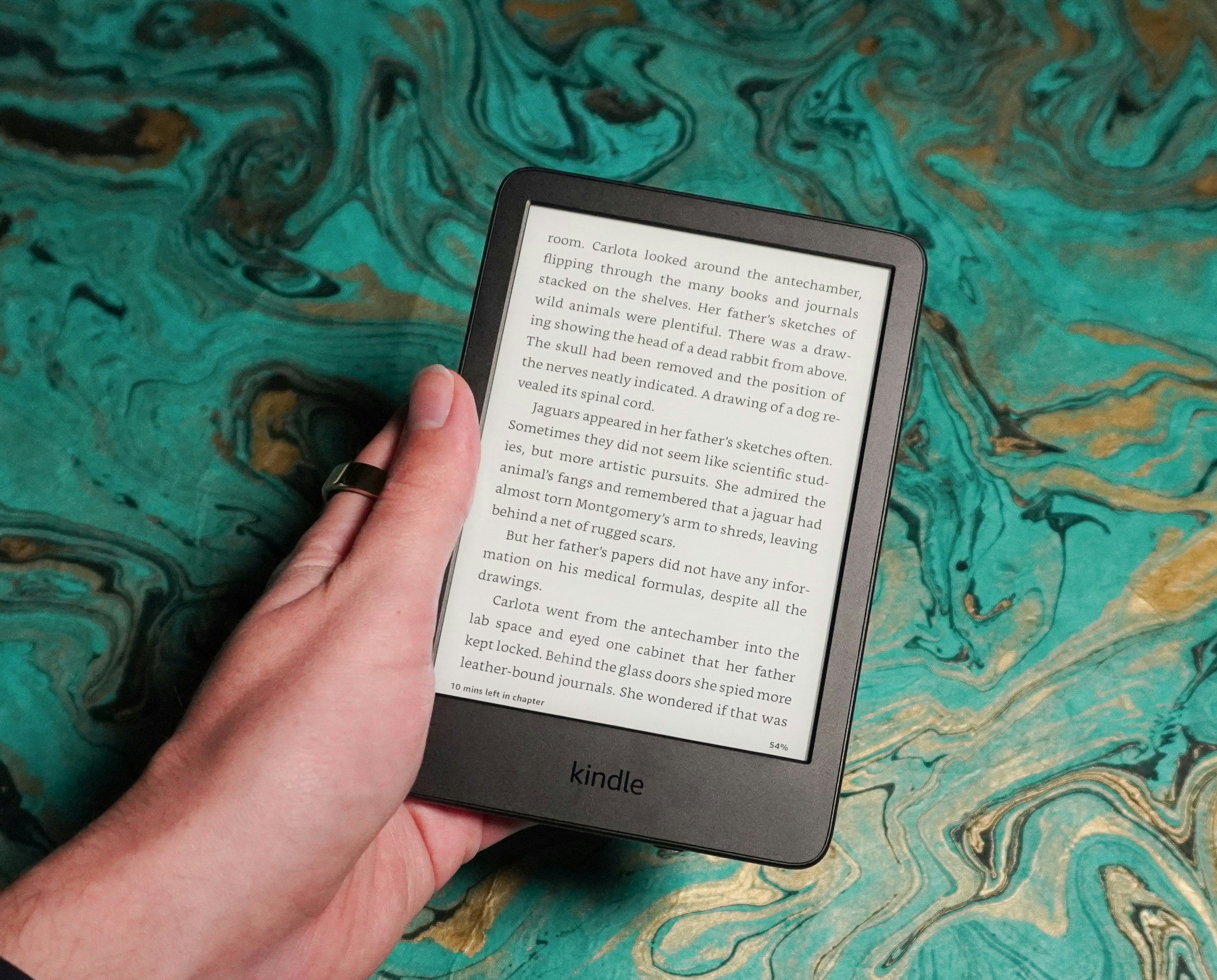
Higher resolution E Ink display
The most important change is the one you’ll probably notice every time you read: a higher resolution display! In contrast to the tragic 167 ppi display that used to ship on the base model Kindle, the new 2022 version has a 300 ppi screen. That’s the same pixel density that the Paperwhite ships has, and it makes a huge difference in terms of readability, especially on the Kindle (2022)'s smaller 6-inch display.
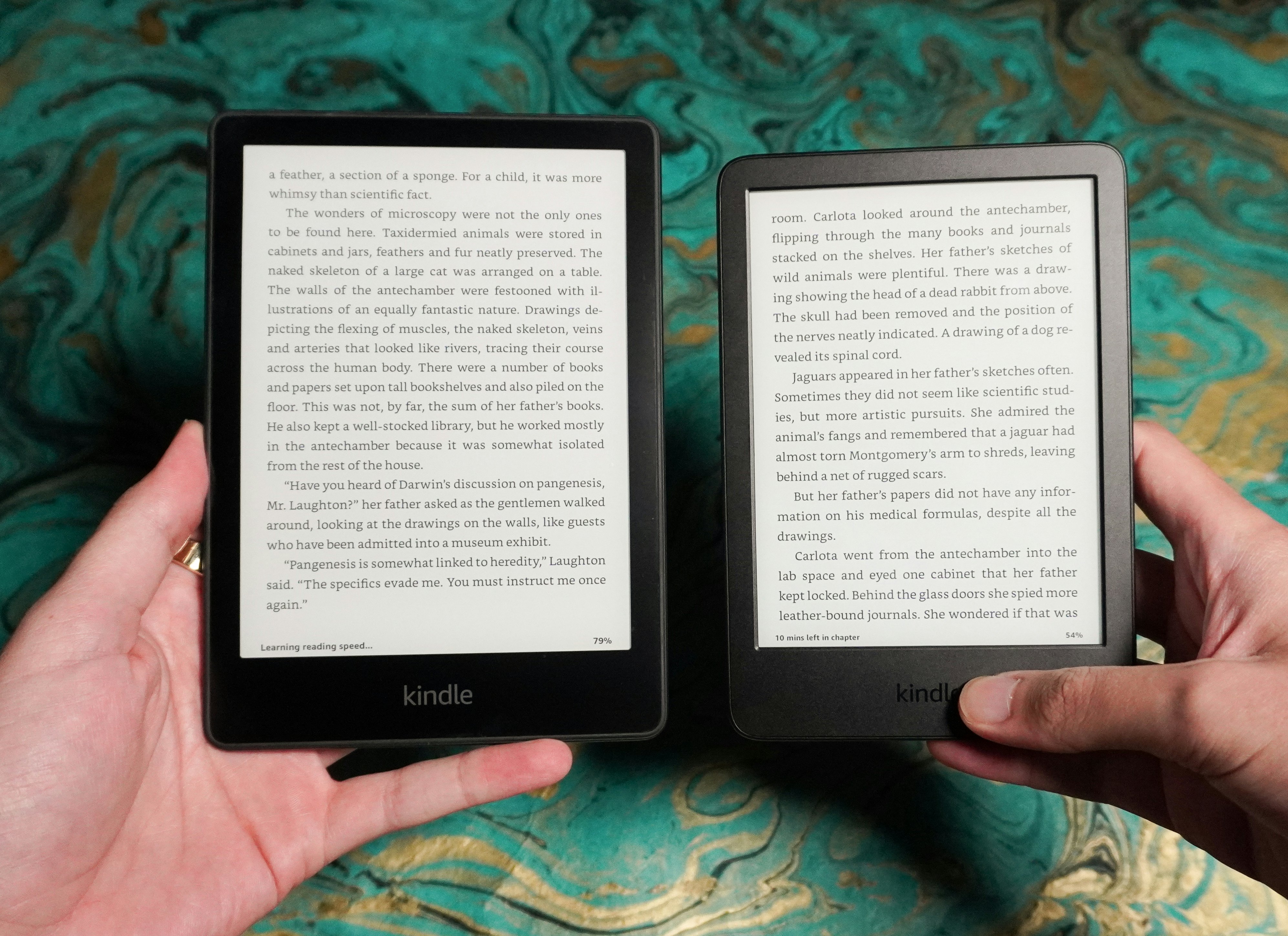
Comparing the two screens side by side, there are still obvious differences. The Kindle Paperwhite has more backlights (17 to the new Kindle’s four) and the ability to adjust the color temperature of the display depending on the time of day, two features that help with the illusion that you’re reading on paper that the Kindle (2022) lacks. The Paperwhite's non-recessed display also makes swipes and taps with your thumbs easier. But in terms of offering a pleasurable reading experience, the Kindle (2022) gets a lot closer for a meaningfully lower price.
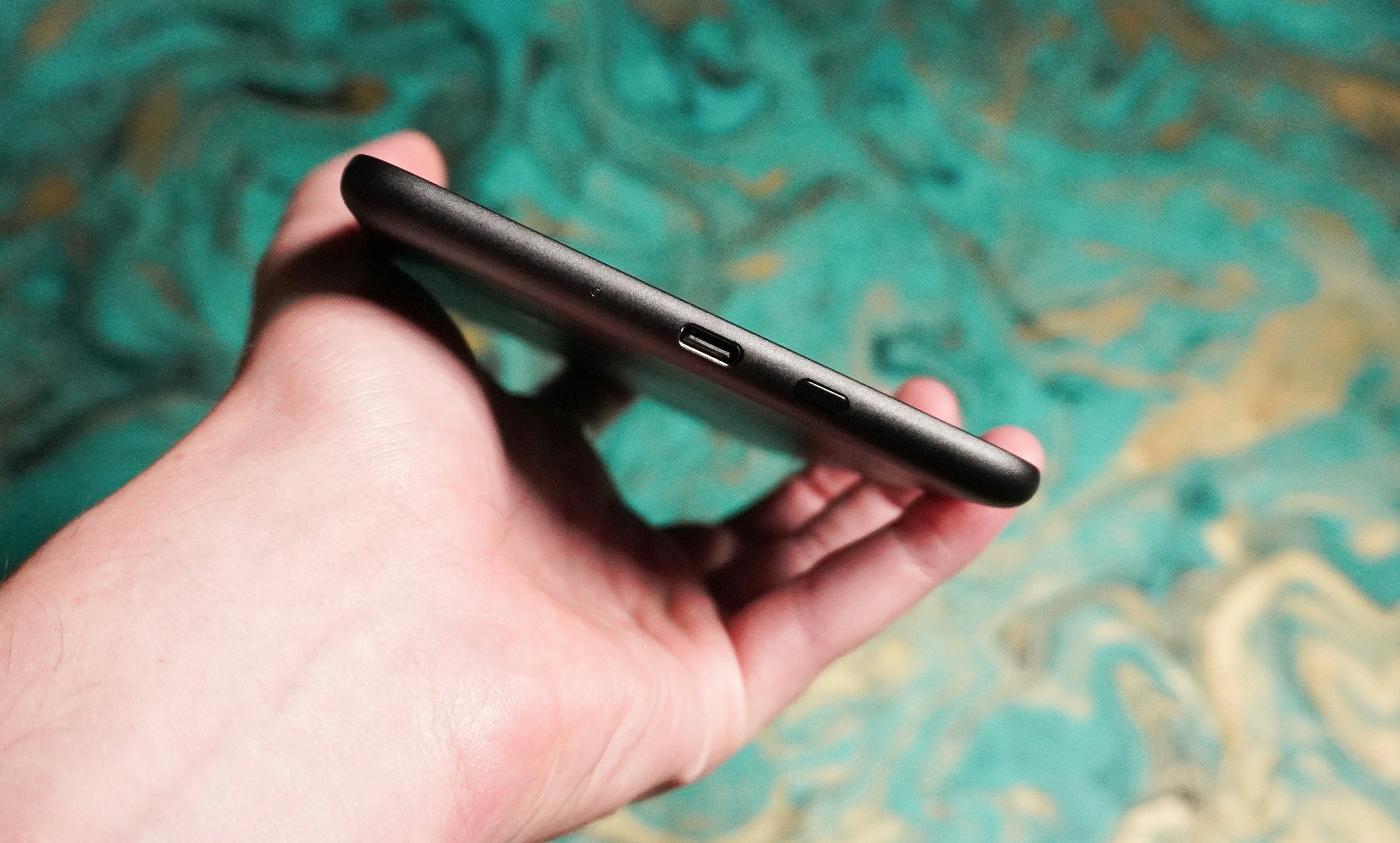
USB-C charging and battery life
Amazon has been steadily rolling out USB-C to its Kindles and Fire tablets and even though it's a simple change, it makes a difference. Pretty much every device I own uses USB-C to charge, whether it’s my laptop or the Playdate, so a Kindle with a USB-C port means I’m carrying around one less charging cable and charging brick.
Charging over USB-C takes around two hours to fully fill up the Kindle (2022), but once you do, it lasts a very long time between charges. Amazon estimates you can get up to six weeks on a single charge (reading 30 minutes a day with Wi-Fi off and brightness set to 13). I wasn’t able to reproduce that exactly, but I easily got through three weeks, with hour-long bouts of reading, Wi-Fi on, and a much more liberal use of the adjustable backlight before the Kindle (2022) hit 20 percent battery. Rest assured, the Kindle (2022) lasts just as long as the previous versions, and likely longer if you’re only turning Wi-Fi on to download books.
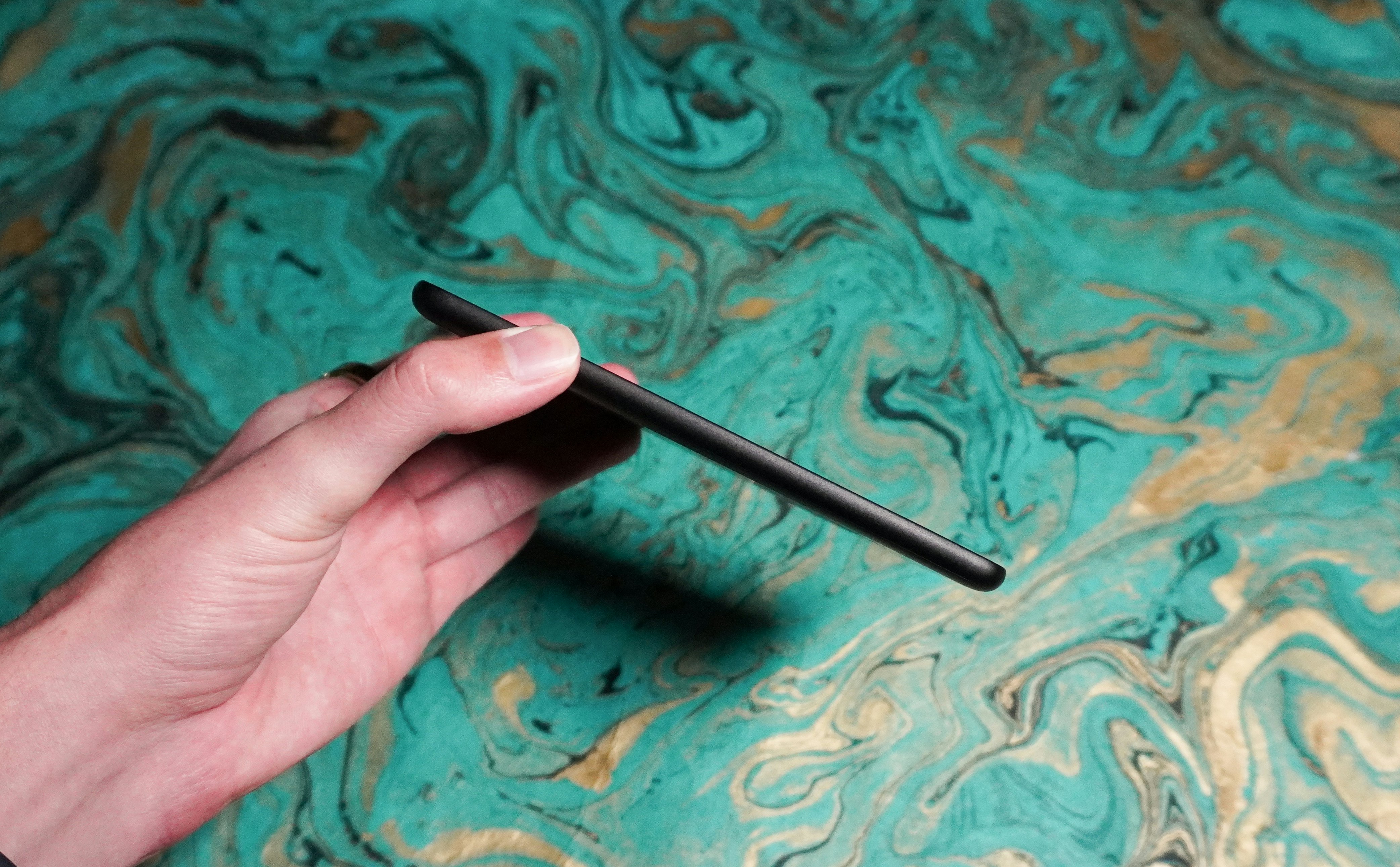
More storage to start
The Kindle (2022) starts with 16GB of storage in comparison to 8GB on the Kindle Paperwhite. It’s not clear why the $139 e-reader starts with less storage than the $99 one (I assume this is purely to hit a specific price point) but it does make the entry-level Kindle that much more enticing for anyone in the market for a new e-reader. 16GB will let you fit thousands of ebooks or your fair share of Audible audiobooks. I’ve never had to worry about how much storage an e-reader has in the first place, but including more is really only a plus in the Kindle (2022)’s favor.
Should you buy it?
If you’re happy with your current e-reader, especially if it’s equivalent to this year’s Kindle Paperwhite, then you shouldn’t step down, even for a more compact device or extra storage. But if you’ve never owned an e-reader before, or with the holidays approaching, are looking for a great gift for the avid reader in your life, the new entry-level Kindle (2022) is one of the best deals Amazon’s offered in a while.
Reading with a product from “The Everything Store” comes with tradeoffs. Unless you're buying books from the Kindle Store, getting ebooks onto a Kindle is not the most straightforward process, “Send to Kindle” email features aside. The same goes for getting library books on a Kindle, which requires a secondary app like Libby to actually become “easy” to do in my opinion. Amazon’s devices also have one consistently annoying “feature”: lock screen ads. To get rid of them you have to pay a one-time fee of $20. If, taking all of that into consideration, you still want to take the plunge, it’s hard to go wrong with the Kindle (2022).
To put it another way, I’m the first person to feel queasy about Amazon’s possible monopoly on all of reading, but having used my fair share of e-readers, if my grandma wanted a way to read books digitally, the Kindle (2022) would be the first thing I’d buy her. The new entry-level Kindle (2022) just makes that purchase even easier.
Inverse may receive a portion of sales if you purchase a product through a link in this article.
